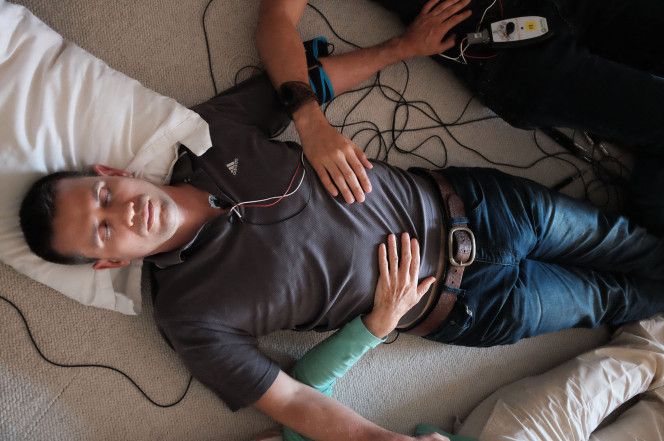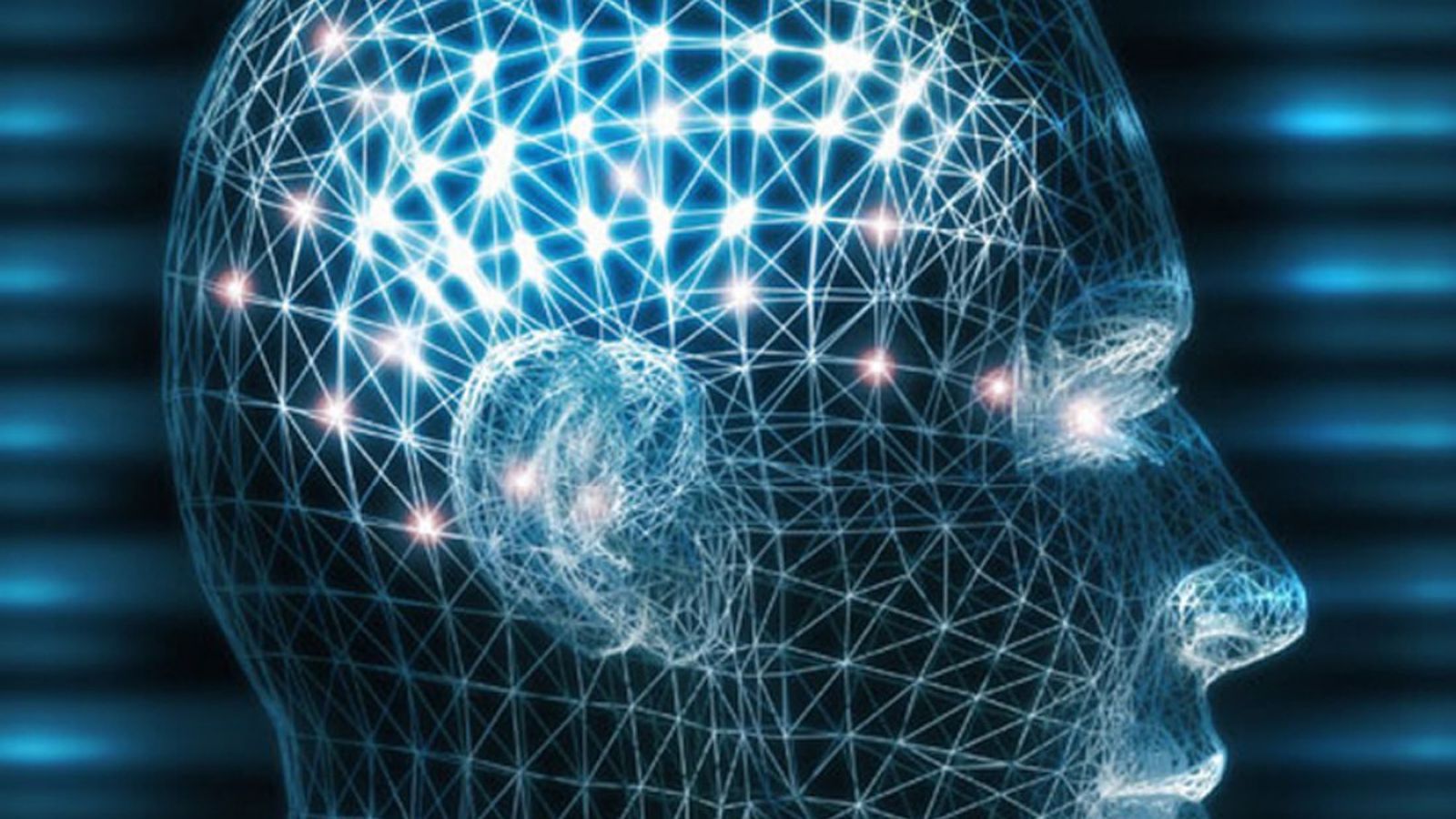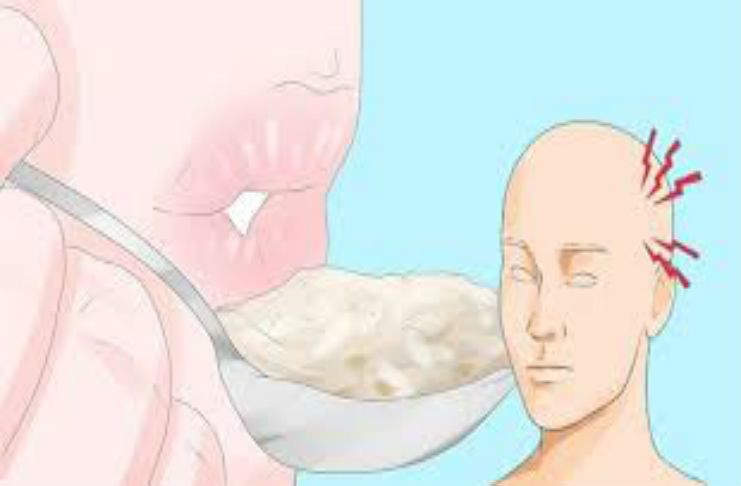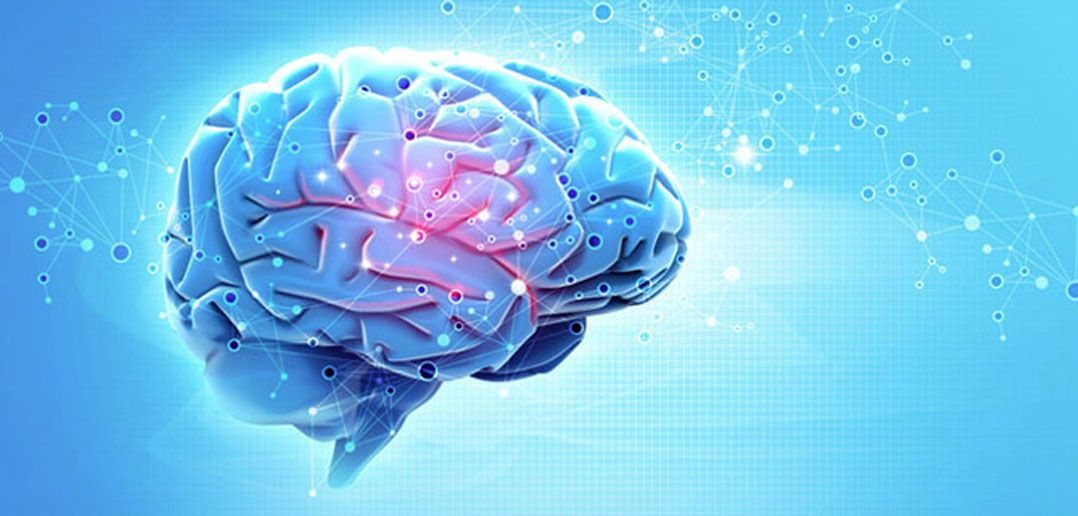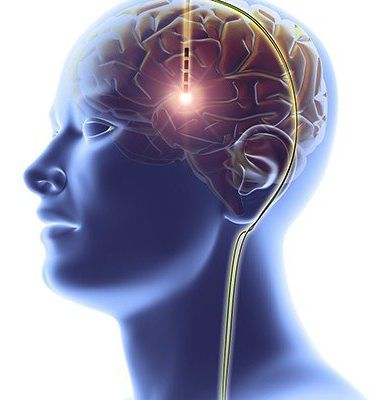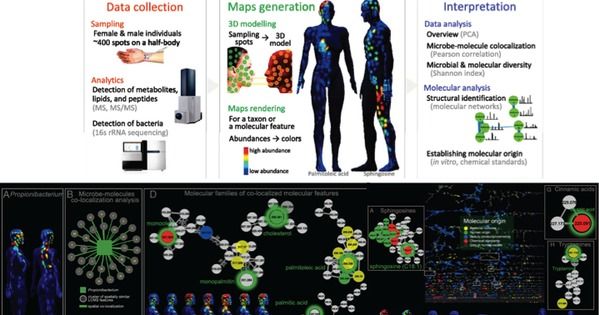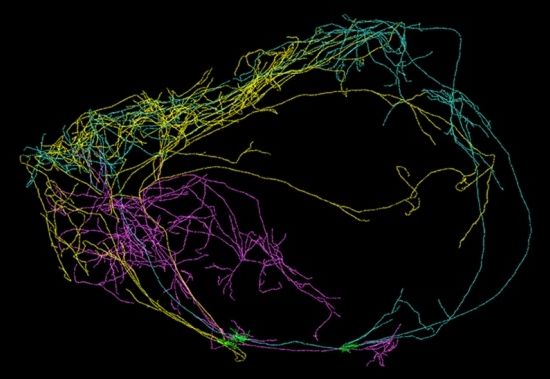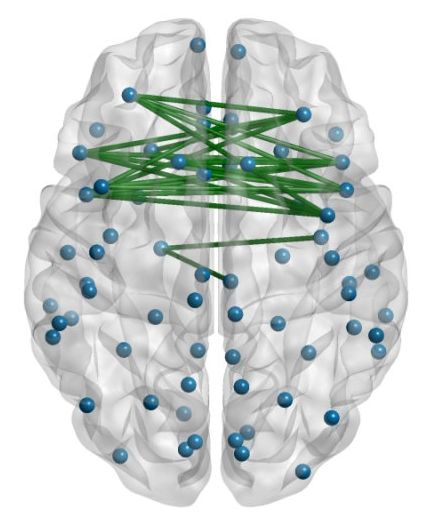Slate book columnist Mark O’Connell’s new book To Be a Machine, which is specifically about #transhumanism, is out tomorrow. So there’s a ton of reviews out in major media. The last chapter in the book is about my work. Here are 3 reviews just out on the book. ALSO, I highly encourage you to BUY the book to help transhumanism grow. Mark’s book is the first book specifically on the movement with this kind of international attention, and the better the book does the first week, the more people will know about transhumanism: http://www.theverge.com/2017/2/25/14730958/transhumanism-mark-oconnell-interview-cyborg-hacker-futurist-biohackers &
http://www.theglobeandmail.com/arts/books-and-media/book-reviews/bonnie-rochmans-the-gene-machine-and-mark-oconnells-to-be-a-machine-reviewed-matters-of-life-and-death/article34127614/ &
Mark O’Connell Doesn’t Want to Be a Cyborg: The Millions Interview
The strangest place writer Mark O’Connell has ever been to is the Alcor Life Extension Foundation — where dead bodies are preserved in tanks filled with nitrogen, in case they can be revived with future technology. “There was a floor with the stainless steel cylinders and all these bodies contained within them and corpses and severed heads,” he tells The Verge. “That imagery is something that I will take with me to a grave, whether that’s a refrigerated cylinder or an actual grave.”
O’Connell, 37, visited Alcor while writing To Be a Machine, which comes out February 28th. The nonfiction book delves into the world of transhumanists, or people who want to transcend the limits of the human body using technology. Transhumanists want to be stronger and faster; they want to be cyborgs. And they want to solve the problem of death, whether by freezing their bodies through cryonics or uploading their consciousnesses. Transhumanists have been around since at least the 1980s, but have become more visible in the past decade as technology advances have made these ideas seem more feasible and less like sci-fi.
Read more
